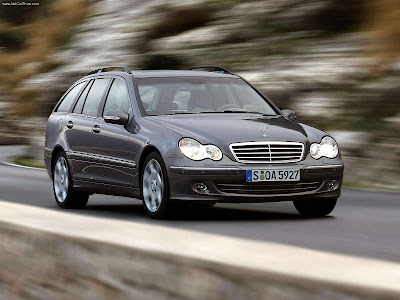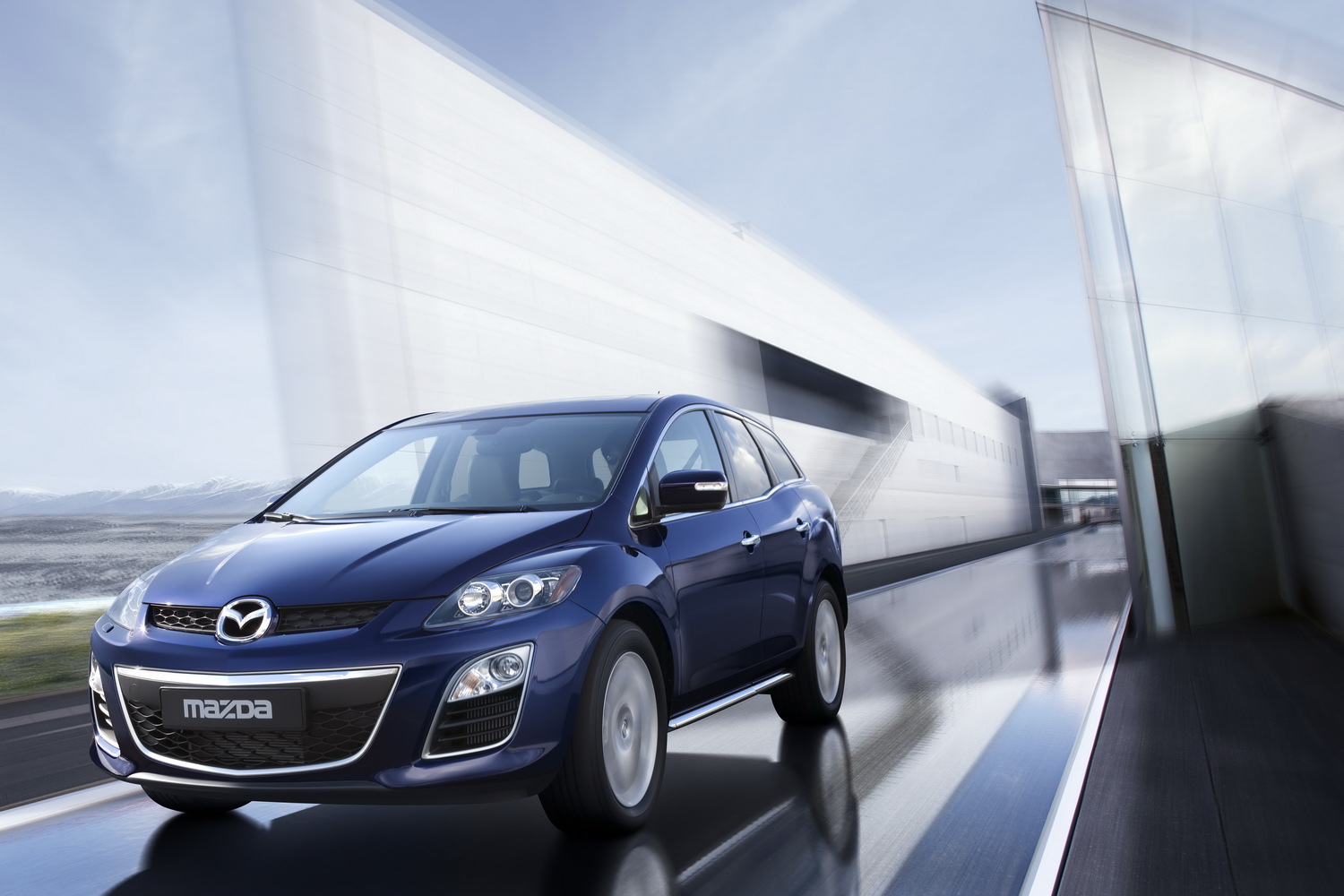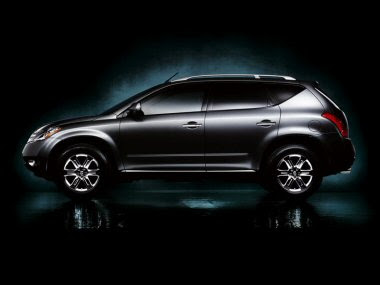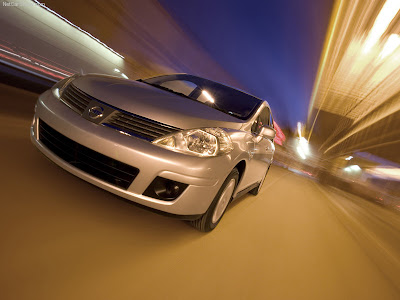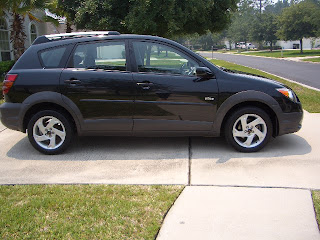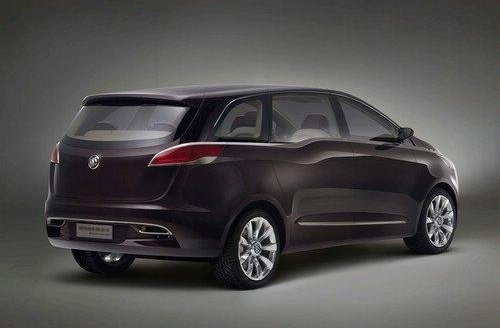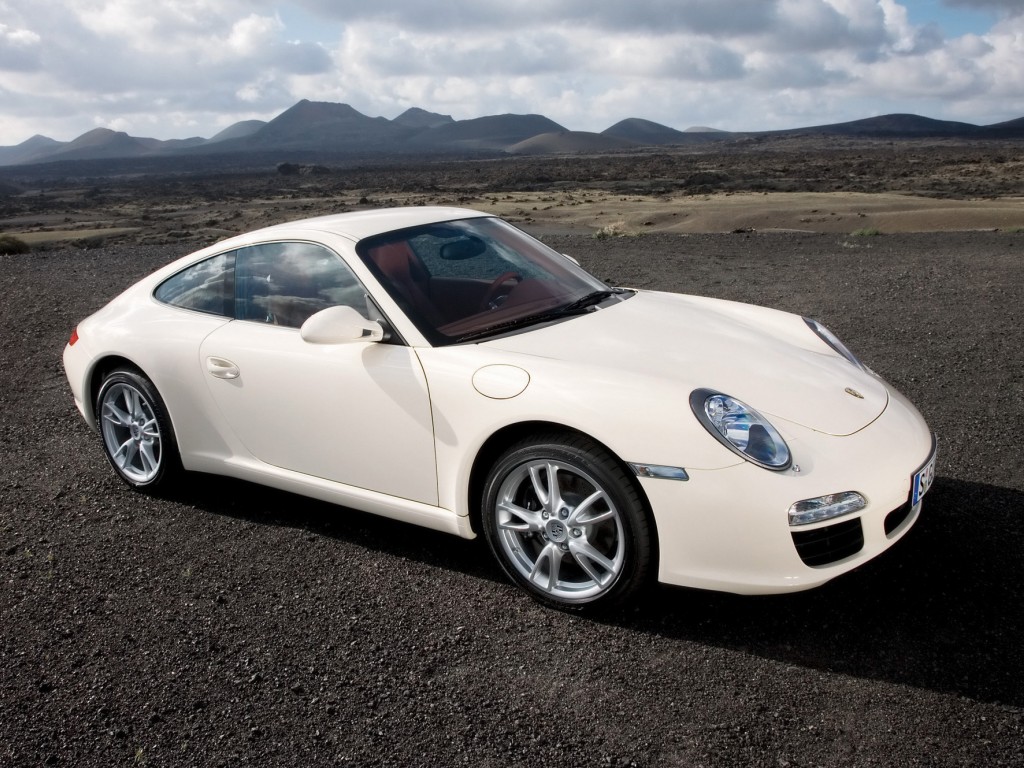Short Description
Conventional wisdom has long held that a good manual transmission is always faster and more fun than an automatic transmission: Faster because it directly transfers power without the typical power loss of a torque converter, and more fun because it responds exactly to the driver’s commands with no delay. Fast, direct, fully controllable and predictable – exactly the desired qualities in any “driver’s car.” Moreover, precisely the qualities that describe the new Lexus IS F’s 8-Speed Sport Direct Shift transmission.
Website: sandiegolexus.net | Filesize: 233kb
No of Page(s): 5
Content
The transmission is an arrow through the heart of conventional wisdom.
But why go to the trouble of creating an automatic transmission that performs better and faster than a manual? After all, the simple yet effective manual transmission is held in high esteem by driving enthusiasts everywhere.
Engineers love a challenge and when the IS F Chief Engineer dared his staff to build a paradigm-changing high-performance car, the conventional automatic transmission was a ripe target. Why? The IS F would not meet their lofty goals with anything less than a complete re-think of the gearbox. Goals that included scintillating track performance.
Moving from Weakness to Strength
In the process of creating a maximum performance car, Lexus has done nothing less than turn what is typically thought to be a weakness into a solid advantage. To illustrate the point, let’s get right to the qualities that make it so:
• The worlds fastest shift time for street legal production cars. At 0.1 second, it’s faster than you.
• Full manual shift control that can be instantly accessed by moving the console-mounted shift lever to “M” and then using either the steering wheel-mounted paddle shifters or the shift lever. In manual mode, it shifts only when you tell it to.
• A direct feel unrivaled by conventional automatics, made possible via clutch lockup (yes, like a manual) employed in second through eighth gears
• Ultra-quick throttle blipping downshifts match engine and gear speed to avoid sudden engine braking—an advantage during performance driving, on the track or on the road
• First gear torque multiplication for maximum off-the-line acceleration
• Smooth, yet quick and drama free automatic shifting, if that is what you desire
These qualities add up to create a track-worthy ultra-high performance transmission that works for you, not against you, by responding to your demands the moment you want or need it to. And unlike other transmissions built for high performance duty, there is no pain required for your gain.
…
Get the file Download here
![[Lexus-IS-F-CCS-Concept-224.jpg]](http://3.bp.blogspot.com/_FoXyvaPSnVk/S1N1m_7qlpI/AAAAAAACbSA/UgmYtpVmZ6I/s1600/Lexus-IS-F-CCS-Concept-224.jpg)
![[Lexus-RX-1.jpg]](http://2.bp.blogspot.com/_FoXyvaPSnVk/SSTbZlzVuDI/AAAAAAABY6c/A8u4J1Ml4dY/s1600/Lexus-RX-1.jpg)
![[Mazda-RX-7-41.jpg]](http://1.bp.blogspot.com/_FoXyvaPSnVk/Szq0Zc6buQI/AAAAAAACYH0/oKHH-yWysCc/s1600/Mazda-RX-7-41.jpg)

![[2010-Mazda-CX-7-2.jpg]](http://1.bp.blogspot.com/_FoXyvaPSnVk/Sd6IMfHfcmI/AAAAAAABqwc/gpdioUN0Xl4/s1600/2010-Mazda-CX-7-2.jpg)
![[Mazda-RX-7-20.jpg]](http://4.bp.blogspot.com/_FoXyvaPSnVk/Szqzikbx72I/AAAAAAACYFM/EgYLRFOIkag/s1600/Mazda-RX-7-20.jpg)
![[Mazda-RX-7-27.jpg]](http://3.bp.blogspot.com/_FoXyvaPSnVk/SzqzkNkm75I/AAAAAAACYGE/KX9pt7MTaYg/s1600/Mazda-RX-7-27.jpg)
![[Mazda-MX-5-Black-and-Matte-7.jpg]](http://3.bp.blogspot.com/_FoXyvaPSnVk/S6E6uqINnpI/AAAAAAACo-U/Y_UwCKQc9As/s1600/Mazda-MX-5-Black-and-Matte-7.jpg)
![[Mazda-RX-7-37.jpg]](http://4.bp.blogspot.com/_FoXyvaPSnVk/Szq0YaTibgI/AAAAAAACYHU/STfsJg8YhE8/s1600/Mazda-RX-7-37.jpg)
![[Mazda-RX-7-34.jpg]](http://4.bp.blogspot.com/_FoXyvaPSnVk/Szq0XVeebRI/AAAAAAACYG8/NYc1FJU_rM8/s1600/Mazda-RX-7-34.jpg)
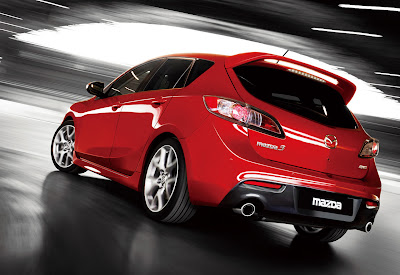


![[Mazda-MX-5-Superlight-1.jpg]](http://3.bp.blogspot.com/_FoXyvaPSnVk/SqpbBntMKfI/AAAAAAACBVE/xr_Uy_cEvpY/s1600/Mazda-MX-5-Superlight-1.jpg)


